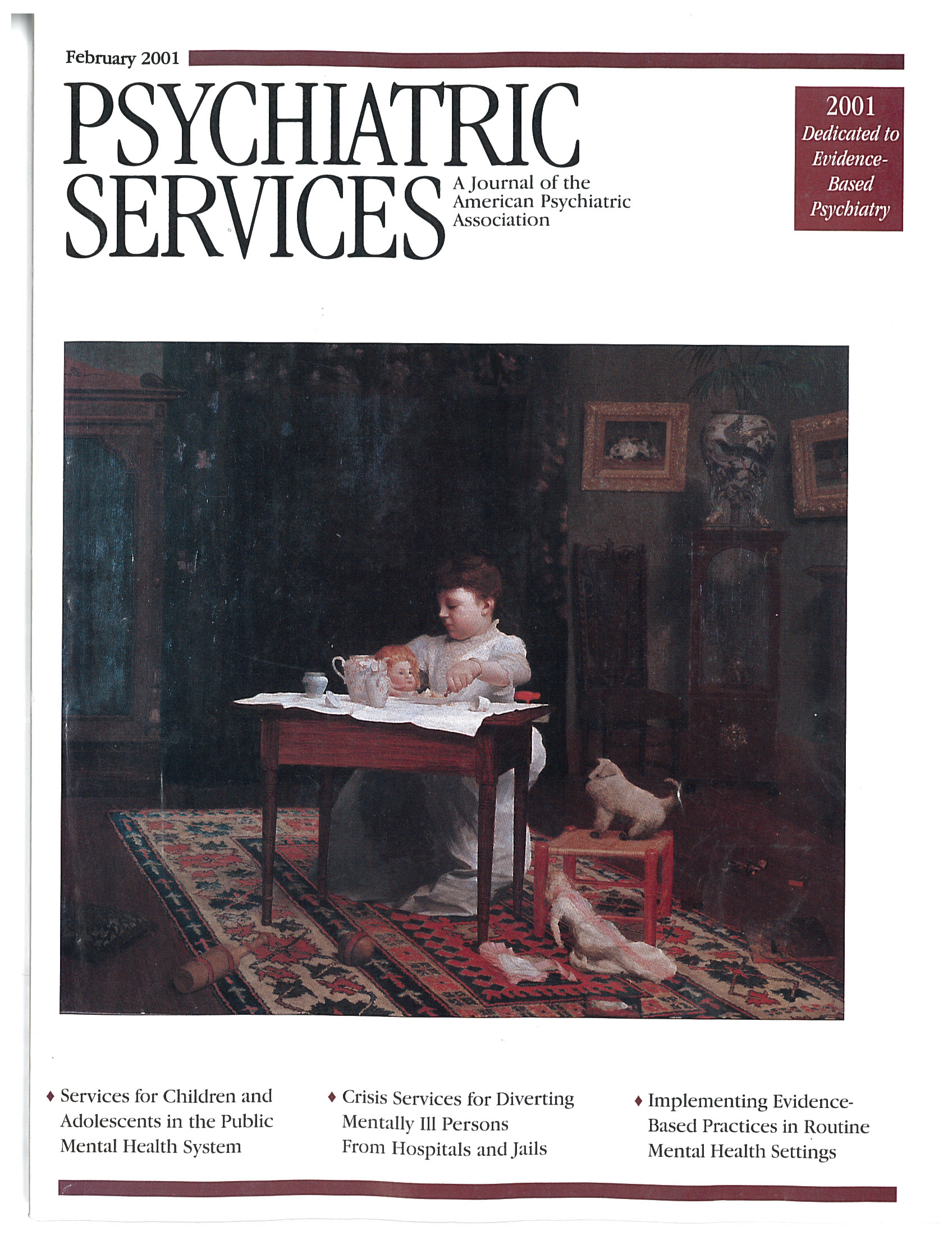Clinical Factors Related to Admission and Release Decisions in Psychiatric Emergency Services
Abstract
OBJECTIVE: The purpose of the study was to identify important clinical variables that influence admission and release decisions in psychiatric emergency services. METHODS: Physicians at four urban psychiatric emergency services rated 465 patients on ten clinical dimensions, including depression and psychosis. Information on five other variables—age, gender, ethnicity, diagnosis, and previous inpatient admission—were extracted from the patients' charts, as was information on case disposition. RESULTS: Logistic regression produced a model with five variables that significantly predicted admission or release. In order of importance, they were level of danger to self, severity of psychosis, ability to care for self, impulse control, and severity of depression. The model explained 51 percent of the variance in case disposition and correctly classified 84 percent of the cases. CONCLUSIONS: Guidelines addressing the variables that should be considered in making disposition decisions in psychiatric emergency services should be developed. The study found five variables that should be considered for inclusion.



